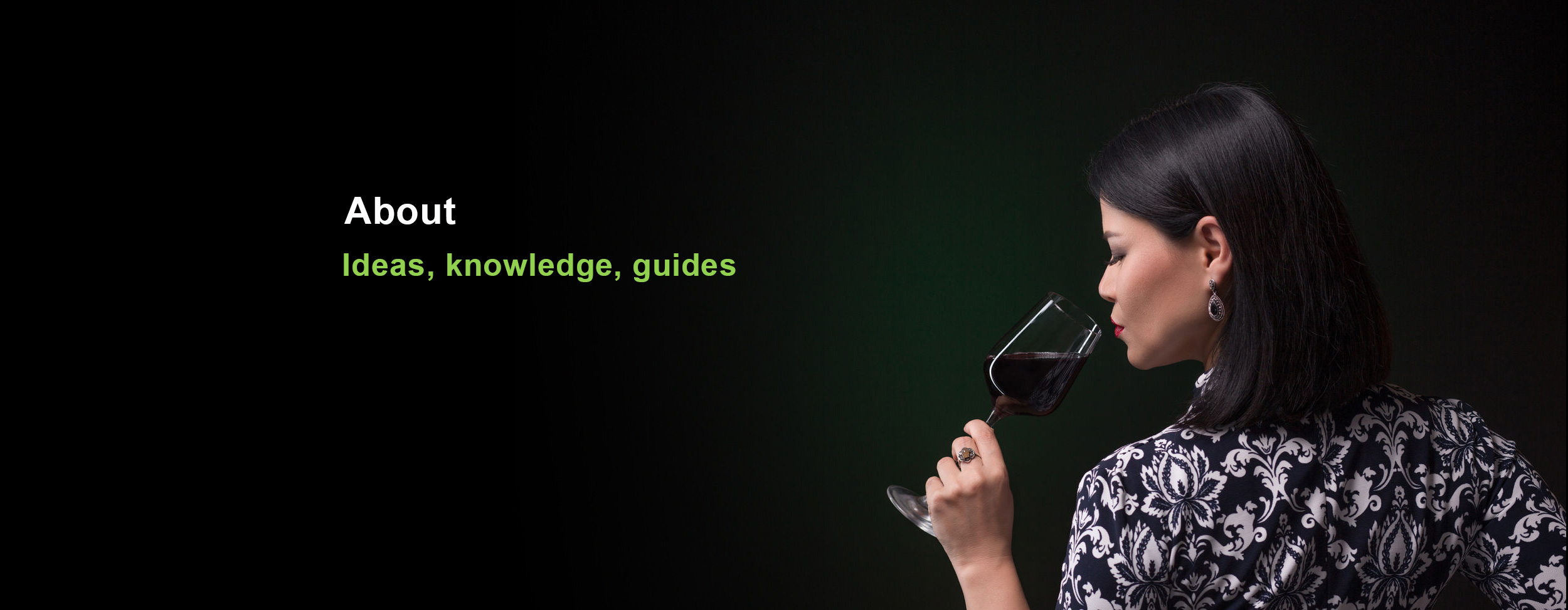How To Taste Wine
Everyone who enjoys a glass of wine can taste wine ‘properly’. All it takes is a little extra concentration and a few pointers on what to look for. Here are our simple guidelines on how to gain maximum pleasure!
1. Appearance
Hold your glass, just a third full, at an angle of about 45° against a white surface and look at the colour at the rim and at the centre.
- A young red will have a pinkish-purple rim, an old wine an orange to tawny-brown edge.
- A light-bodied red will be less deep in colour than a fuller-bodied one.
- Crisp, light whites will be pale straw in hue, older, richer or sweeter whites are more golden.
- Generally, white wines gain colour with age, while red wines lose it.
2. Swirling
Give your wine a good swirl before tasting. This serves many purposes, but visually it allows you to observe the body of the wine. Does the wine stick to the sides of the glass, forming what are called “legs”? Good legs may indicate a thicker body and a higher alcohol content and/or sweetness level.
3. Aroma
The bouquet or nose of a wine is even more important than its taste, as more than half of its flavour is contained in its volatile aromas.
- Draw a couple of imaginary circles with your glass on a flat surface to swirl the wine around. Then sniff.
- Your first impression will always be the strongest; after that your nose will gradually tire.
4. Taste
Take a good sip – taking in enough wine to bathe the whole of your mouth. Notice its initial taste (its attack), what flavours develop next (its middle palate) and also its finish.
